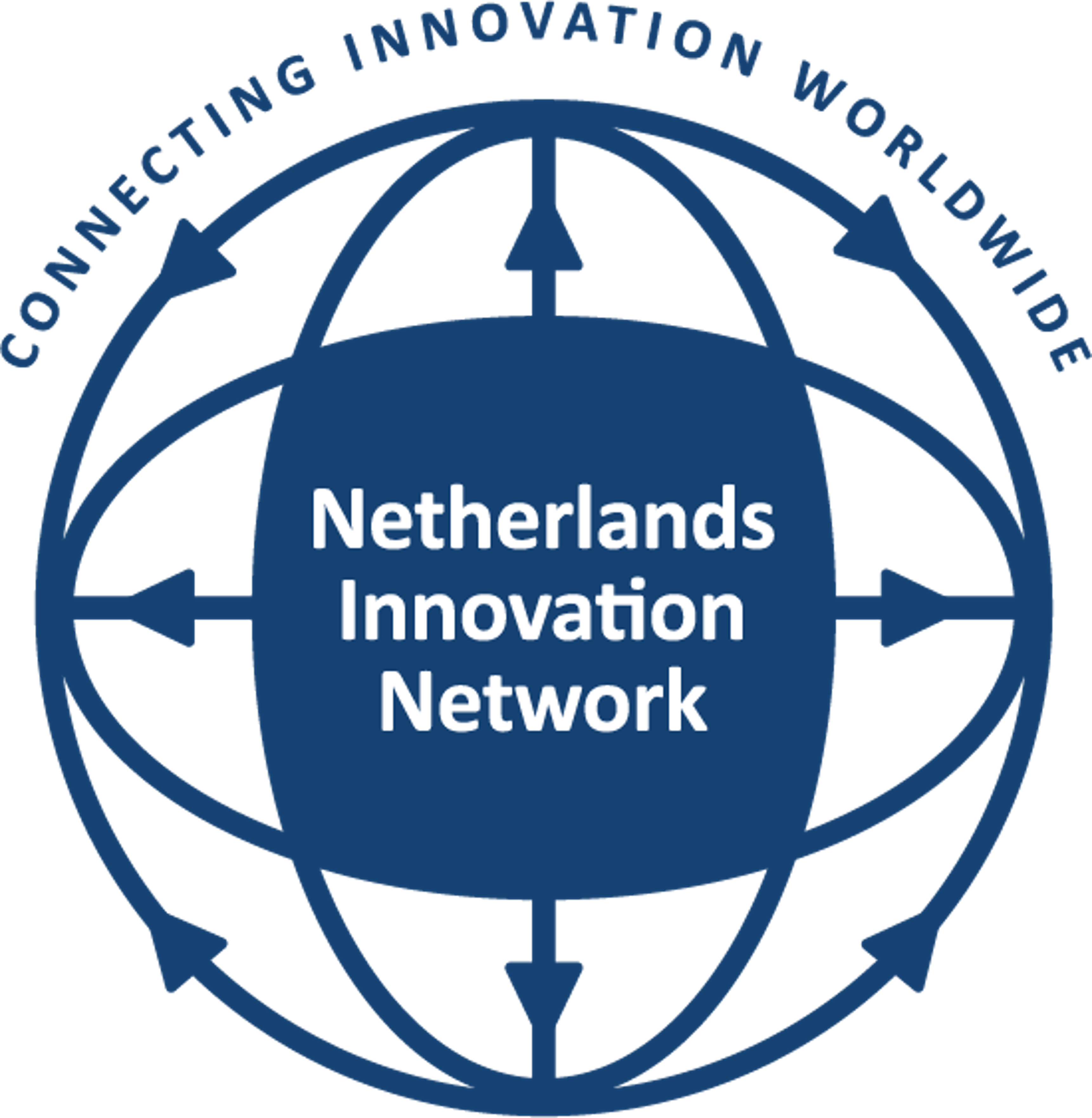China successfully expanded and upgraded its electricity infrastructure in recent years. A strong domestic industrial base for transmission and distribution infrastructure equipment had been developed. The next step to make the grid ‘real smart’ and decentralized will be more difficult, according to a recent study of NOST China officer Dirk Jan Boudeling.  With 7,3 billion USD in 2010, China is by far the world’s biggest investor in its electricity infrastructure. The relatively modern network in terms of design and used technology is mostly designed from clean sheet. China had a leapfrog advantage and put many efforts in the design of a strong grid. Thanks to the continuous investment and a thoroughly designed Smart Grid (standardization) Roadmap, China is on track in realization of major grid achievements like the ‘West to East transmission project’.
With 7,3 billion USD in 2010, China is by far the world’s biggest investor in its electricity infrastructure. The relatively modern network in terms of design and used technology is mostly designed from clean sheet. China had a leapfrog advantage and put many efforts in the design of a strong grid. Thanks to the continuous investment and a thoroughly designed Smart Grid (standardization) Roadmap, China is on track in realization of major grid achievements like the ‘West to East transmission project’.
Throughout the history, China showed to be very competent in the realization of centrally planned infrastructures. However, a decentralized energy system is necessary for future and sustainable energy generation. China’s current regulatory framework is not yet ready for this.
The architecture of the information- or ‘virtual’ layer of the smart grid is at a developing phase. The expectation is that China still needs foreign technology to realize the virtual layer on mid-term. Eventually, China will try to create its own protocols and standards based on these (foreign) concepts for sensor- and monitoring technology or user oriented services is the expectation of the report.
The study of NOST China: ‘China’s transitie van Strong Grids naar Smart Grids’ Oct. 2012 (in Dutch) can be downloaded in two parts:
